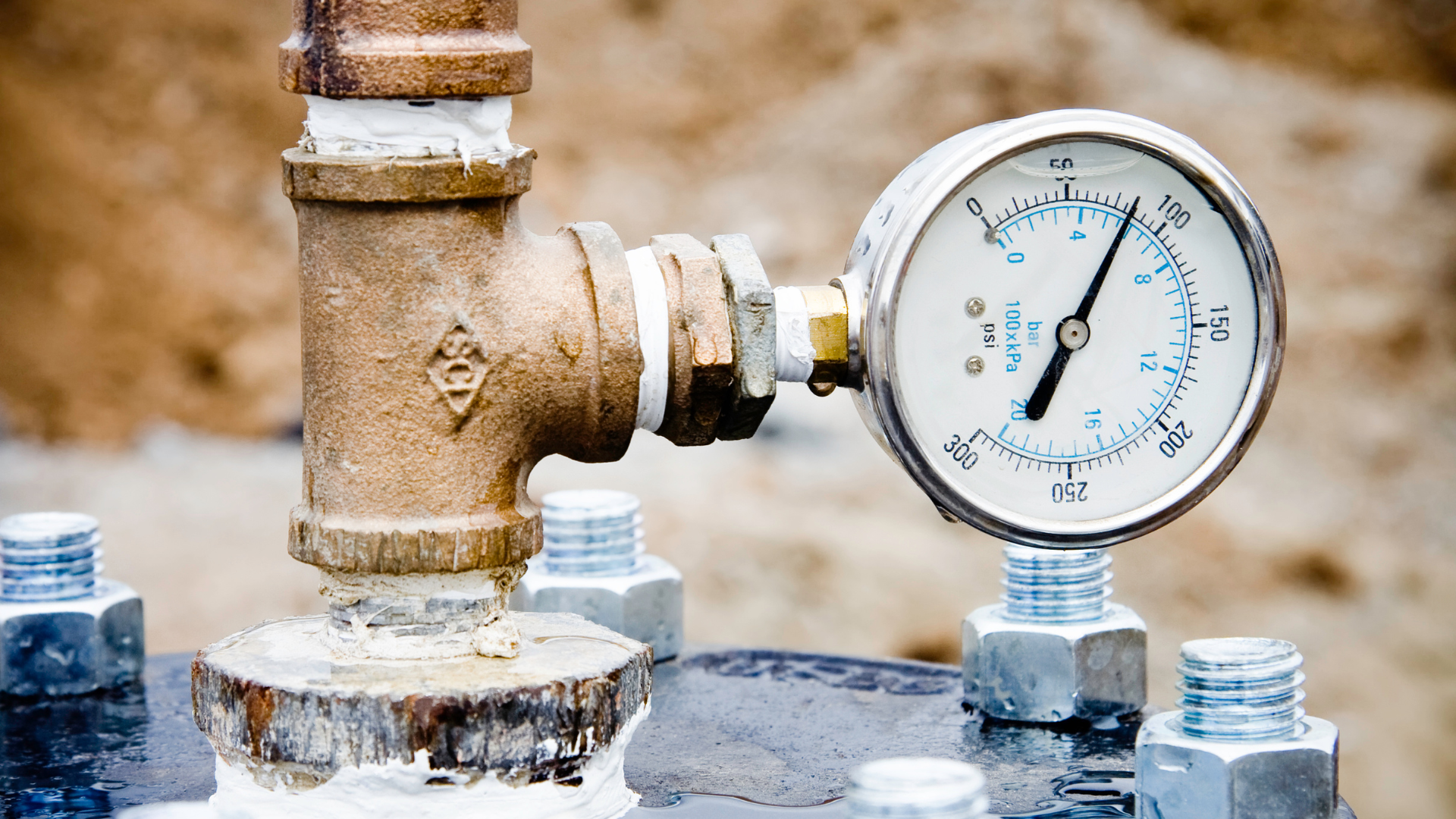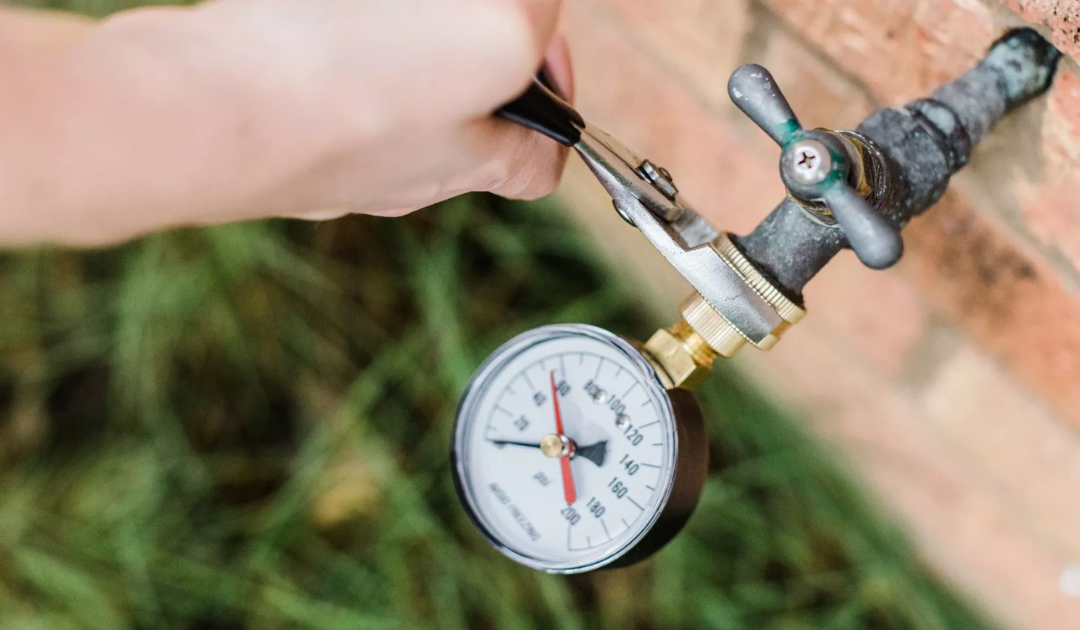Simple Strategies for Solving Low Water Pressure in Your Home
Simple Strategies for Solving Low Water Pressure in Your Home
Blog Article
Just about every person maintains their own unique thinking in relation to 10 Reasons for Low Water Pressure in Your House.

Low water stress in your house can be a discouraging trouble, affecting whatever from bathing to cleaning meals. If you're experiencing weak water circulation, there are a number of feasible reasons and options to explore. In this overview, we'll talk about typical reasons for low water stress and functional actions to deal with the issue properly.
Intro to Low Tide Pressure
Low tide pressure takes place when the flow of water from your faucets, showers, and other components is weaker than normal. This can make everyday jobs a lot more tough and much less reliable. Comprehending the sources of low tide stress is crucial to locating the best solution.
Typical Reasons For Low Water Pressure
Faulty Pressure Regulators
Stress regulators are in charge of maintaining constant water pressure in your house. If they malfunction, it can lead to low water stress or uneven circulation throughout your home.
Municipal Water System Issues
In some cases, the issue lies outside your home. Metropolitan water concerns, such as main line leakages or upkeep work, can momentarily minimize water stress in your location.
Pipe Obstructions
Over time, pipelines can end up being obstructed with natural resource, sediment, or particles, limiting the circulation of water. This is an usual concern in older homes with galvanized steel pipelines.
Rust
Rust within pipes can cause leaks and minimized water stress. Corrosion accumulation can constrict water flow, especially in aging plumbing systems.
How to Identify Low Tide Pressure
Checking Pipelines
Check visible pipes for indications of leaks, deterioration, or blockages. Focus on any kind of uncommon noises, such as knocking or rattling pipes, which might indicate issues within the plumbing system.
Consulting with a Plumber
If you're not able to determine the source of low water pressure, consider working with a professional plumber to carry out a comprehensive inspection. They can identify underlying concerns and advise appropriate options.
Examining Taps and Components
Start by examining the water pressure at different faucets and components throughout your home. If the issue is separated to certain areas, it may indicate local problems.
Do It Yourself Solutions to Fix Low Tide Pressure
Flushing Hot Water Heater
Sediment buildup in the water heater can restrict flow and lower efficiency. Purging the tank occasionally assists get rid of debris and preserve optimum efficiency.
Checking Stress Regulatory Authority
Ensure that the pressure regulatory authority is working properly. Readjusting or replacing the regulatory authority can help bring back correct water pressure throughout your home.
Cleaning Up Aerators and Showerheads
Mineral deposits can build up in aerators and showerheads, minimizing water circulation. Get rid of and clean up these parts routinely to boost water stress.
Cleaning Clogs in Pipes
For minor obstructions, try using a plumbing serpent or chemical drainpipe cleaner to clear obstructions in pipelines. Be cautious when making use of chemicals and adhere to safety and security standards.
When to Call an Expert Plumber
If DIY efforts fail to resolve the concern or if you suspect substantial plumbing issues, it's finest to seek help from a certified plumber. They have the competence and tools to address complex problems safely and effectively.
Safety Nets to Preserve Water Pressure
Mounting a Stress Booster
Think about setting up a pressure booster pump to boost water pressure in areas with continually reduced circulation. This can be especially helpful for multi-story homes or homes with high-demand components.
Surveillance Water Usage
Bear in mind water use routines and stay clear of ill-using the plumbing system. Easy changes, such as staggering showers and laundry lots, can assist keep appropriate water pressure.
Regular Maintenance
Schedule routine upkeep for your plumbing system to prevent issues such as corrosion, leaks, and clogs. Addressing minor problems early can assist stay clear of even more considerable repair services later on.
Conclusion
Managing low water stress can be aggravating, but determining the underlying reasons and carrying out ideal remedies can recover ideal flow throughout your home. Whether it's cleaning up aerators, examining pipelines, or seeking advice from a plumber, taking aggressive steps can make certain a steady supply of water for your everyday needs.
FOUR WAYS TO FIX LOW WATER PRESSURE NOW
Turning on a shower or faucet only to find the water comes out in a sad, slow drizzle is never a good feeling. How exactly are you supposed to wash a pan or take a quick shower when it takes 10 minutes just to rinse off a little soap? The good news is that when your water pressure is bad, there's always a cause: typically one that can be easily fixed. Here are some of the most common causes of low pressure and what you can do to fix the issue:
DEBRIS AND MINERAL DEPOSIT BUILDUPS
If you notice low water pressure from just one or two of the fixtures in your house, the problem likely has to do with debris buildup. Water is full of minerals and other debris, all of which can accumulate in your pipes and on your fixtures. This can cause a blockage that affects how much water flows through. To fix this, try filling a small plastic bag with white vinegar, and use a rubber band to hang it around your showerhead or faucet. Let the head of the fixture soak for a few hours, and the vinegar should loosen the deposits.
WATER LEAKS
Leaks are another common cause of low water pressure. If water is flowing out of your plumbing through a hole or crack before it can reach your fixture, the pressure coming out of the faucet or showerhead will be lower. A plumbing professional is your best bet for finding and repairing a leak in your water supply pipes.
Leaks are another common cause of low water pressure. If water is flowing out of your plumbing through a hole or crack before it can reach your fixture, the pressure coming out of the faucet or showerhead will be lower. A plumbing professional is your best bet for finding and repairing a leak in your water supply pipes.
A VALVE ISSUE
If you have low water pressure throughout your home, check your main shut-off valve to make sure it's completely open. You may also want to see if there's a pressure-reducing valve installed. If there is, have a plumber help you adjust the settings to get the pressure you're looking for.
OTHERS USING WATER
Believe it or not, your low water pressure could be caused by your neighbors. If you notice low pressure at certain times of day, it may be because you and the people living next to you have similar schedules - when everyone is showering at the same time, the pressure will be lower in every home. Low pressure throughout the neighborhood may also be caused by an issue with your municipal water supply. If that's the case, call the supplier to see if they're working on the issue.
https://www.rotorooter.com/blog/water-leaking/low-water-pressure-fixes/

I am just very serious about Low Water Pressure in the House? and I'm hoping you appreciated my page. If you appreciated our blog post please make sure you remember to pass it around. Thanks so much for taking the time to read it.
Free Estimate Report this page